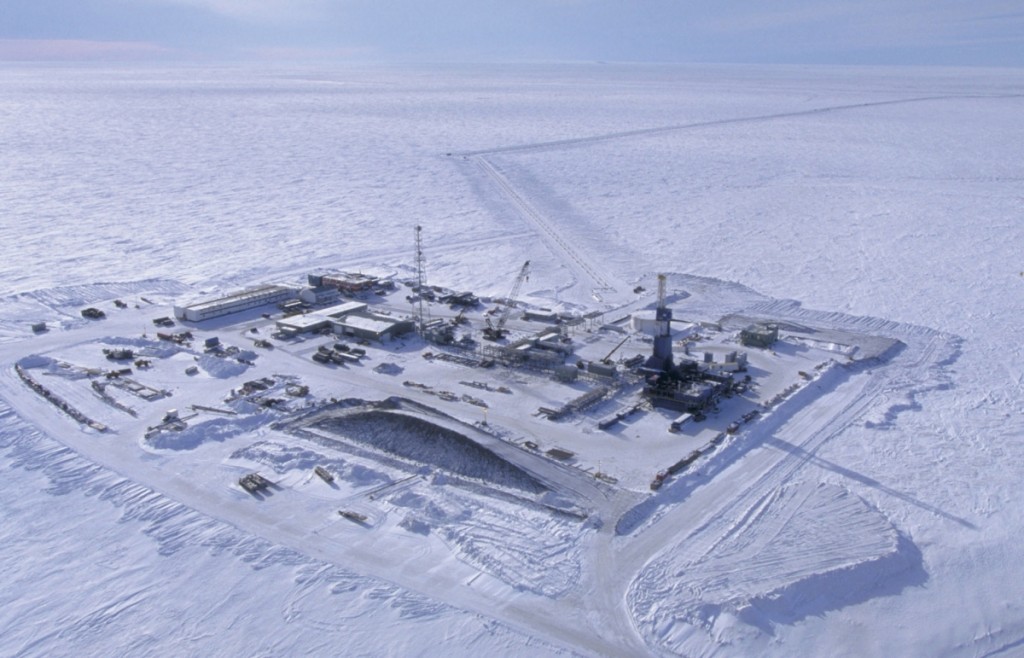“This is a major paradigm shift in how the State of Alaska conducts business” – Governor Walker

Lower commodity prices have taken a major toll on states like Alaska that depend in large part on the revenue from selling oil and gas to fund the state budget. Because of the drop in oil prices since 2014, Alaska Governor Bill Walker has proposed a budget plan for fiscal 2017 to address the state’s $3.5 billion budget deficit through spending cuts, new revenue, wealth management and investment, according to a release from The State of Alaska.
“This is a major paradigm shift in how the State of Alaska conducts business,” said Governor Bill Walker. “Never before has the state faced a deficit so large that we are draining more than $9 million from savings every day.”
A major portion of the new budget is the Alaska Permanent Fund Protection Act (APFPA), which redirects the flow of resource revenue away from the state’s annual budget and into the Alaska Permanent Fund.
“If we do nothing, we will empty our savings in the constitutional budget reserve, then we will have to tap into the earnings reserve – which means in five years Alaskans would no longer get dividends [from the Permanent Fund],” said Office of Management and Budget Director Pat Pitney.
The Permanent Fund was established in 1976 to save wealth from oil and gas revenues for a time when Alaska’s natural resources are drained. In 2015, the Alaska Permanent Fund paid out $1.33 billion to eligible residents, about $2,072 each.
Alaska’s state operating budget is $4.8 billion this year, down from $6.1 billion last year. State funding for agencies is $140 million less than FY2016 and $544 million less than FY2015 – a cut of 11%. The budget also includes investments of $38.3 million for continued progress on the gas line project and $1.3 million for the Rural National Guard; leaving the administration with a net cut in agency operations of $100 million since last year.
Changes affecting the oil and gas sector
In addition to the cuts being made to state agencies, the new budget also calls for a $425 million cut from oil exploration credits.
The new budget plan will change the oil and gas tax credit system into a low-interest loan program, according to the governor’s office. The new program came after Governor Walker and members of his administration held meetings with producers to find ways to address the current fiscal environment, according to the State of Alaska’s Press Office. The rates on the loans will be determined by the number of Alaskans the companies hire.
To honor existing commitments for credits, the FY2017 budget allocates $1.2 billion for a transition fund and loan program.
The minimum tax on the oil industry will increase by $100 million.

The new plan also calls for an income tax of 6% of federal tax liability, which is about 1.5% of income for the average Alaskan family, for projected revenue of about $200 million. Taxes will also be levied on alcohol, tobacco and motor fuel for a projected revenue of $112 million.
In a statement, House Operating Budget Chairman Mark Neuman, a Republican, expressed that Walker “deserves credit for proposing some difficult options for filling our income gap,” reports Fox News. House Capital Budget Chairman Steve Thompson, also a Republican, echoed that critique and said he doesn’t want residents to pay an income tax “unless it’s absolutely necessary.”
Alaska more vulnerable than Texas, North Dakota
Other major oil producing states like Texas and North Dakota are expected to withstand lower oil prices more easily than Alaska.
“[Texas’] diverse economy coupled with a large beginning balance and a conservative budget from the 2015 Texas Legislature should allow the state to absorb this reduction in project revenues,” said Texas Comptroller of Public Accounts Chris Bryan. Bryan said the government is still predicting economic growth north of 2%.
Oil prices will likely have a more measured impact in North Dakota, where the shale boom has transformed the state. A study from Moody’s Analytics warned that the state may be headed for a “full-blown recession” if job losses continue and oil prices stay low.
Sheila Peterson, director of the Fiscal Management Division of North Dakota’s Office of Management and Budget, said the situation may not be so dire, however. “The only direct oil revenue that goes into our general fund is about $300 million out of a $6 billion budget,” said Peterson. “We still expect to get the $300 million from direct oil taxes.”







